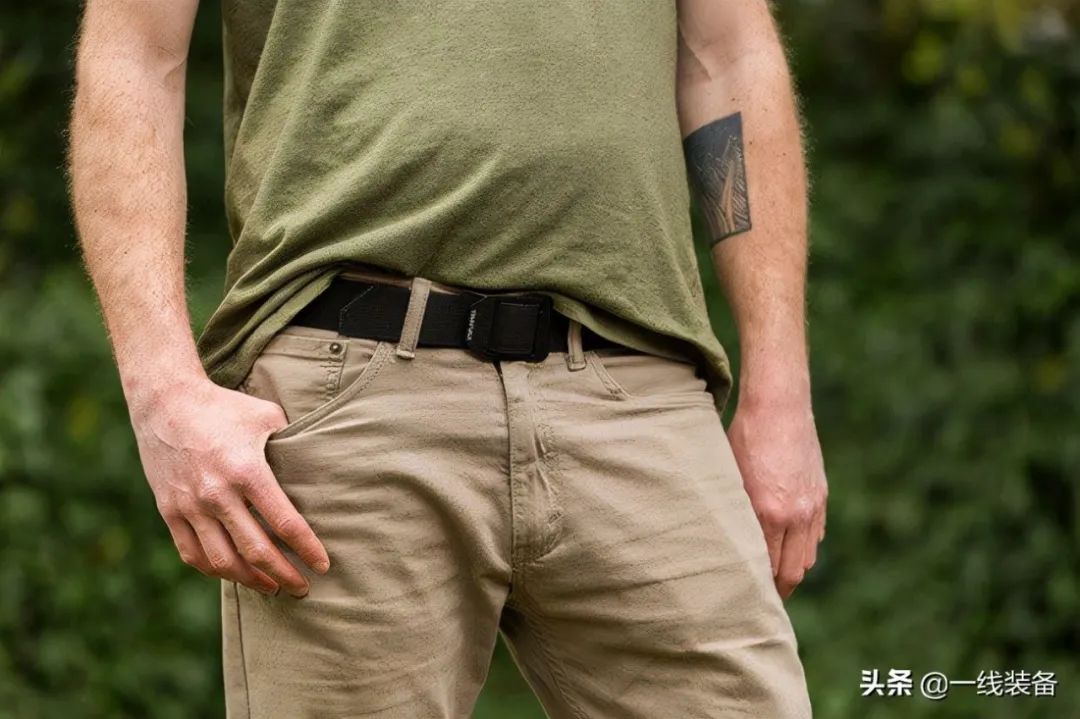Recently, I saw some articles about "tactical belts", "What is a tactical belt?" There are several different types of belts that belong to the "tactical" category. As a belt is a part of daily carrying, it is crucial to choose a belt that balances style, functionality, and comfort.
Coach or Coach Tactical Belt
The 'real' coach/coach belt contains some type of mountain climbing buckle mechanism. Coach/coach belts are designed to incorporate safety systems while "guiding" others at high altitudes during mountain rescue training, although they can be used for emergency descent with appropriate training. Coach straps or coach straps typically have triple reinforced stitching and heavy-duty tension locks, which can withstand at least 5000 pounds of tensile strength to withstand falls. Based on daily activities, these types of belts may be a bit overcorrected.
Tactical Rigging Belt
The Riggers belt is designed specifically for speed descent. These seat belts contain some type of "V" or "D" ring for mountain buckle insertion. Similar to coach belts, they typically have triple reinforced stitching and buckles that can withstand a breaking strength of at least 22kN (5000 pounds). The coach belt and rigging belt provide an anchor point designed to support your pants during activities such as high-altitude skiing, rock climbing, and fast rope. However, their design purpose is not to accommodate your equipment.
Tactical gun belt
A gun strap design holds both your guns and pants. These belts are usually thicker and harder than typical belts. The design purpose of the gun belt is to prevent the weapon from stretching, twisting, and sagging during insertion. The gun belt requires a lot of rigidity, which means that manufacturers usually use internal reinforcement or double reinforced leather to make the belt harder. Although this may reduce some people's comfort, the gun belt will ensure daily carrying.
Tactical Responsibility Belt
The duty belt is designed to accommodate equipment weighing up to 15 pounds, from flashlights, keys and handcuffs to OC spray, batons and duty weapons. These belts must also be compatible with leather covers and daily accessories. Similar to gun belts, work belts require a high degree of stiffness and are designed to accommodate a large number of heavy equipment. However, they must also be comfortable to avoid fatigue or soreness. However, when it comes to fashion or style, this is not the belt that people usually wear after work.
Tactical magnetic self-locking belt
The magnetic self-locking belt is quite new to the tactical belt world. These belts are certainly not designed to lower or secure their own ropes to anchor points. As for lifting gears, it really depends on the strength of the magnet. The problem really boils down to this. Can you believe that magnets will remain unchanged in tactical scenarios, or will magnetic locking straps wrap your pants around your ankles?
Tactical mesh belt
Weaving belts are commonly referred to as "military belts". These types of belts use webbing and typically use friction tensioned buckles. The characteristic of a mesh belt is that there are no holes on the rope, which is the opposite of the common needles on "regular" belts. This allows the wearer to adjust the belt to the exact size required. The quality of the webbing varies depending on the type of webbing and buckle used. If the webbing is strong enough and the buckle remains taut, they can be used for hiding and carrying. Mesh straps are usually worn in casual environments. They are not designed for rapid descent, anchoring, or holding a large amount of equipment. These belts are really suitable for your daily use.
